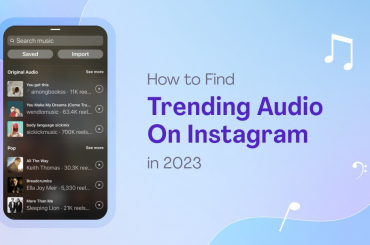SEO stands for search engine optimization, and in simple verbiage, many SEO tactics allow internet users to attract visitors from search engines like Google. Things have come a long way since people first started creating basic HTML websites.
Search engines, algorithms, and competing websites have all gotten more sophisticated. Still, there are a few basic things that you can do to make your website attractive to search engines.
According to Titanium Marketing, creating quality content that focuses on the right keywords can help get your page noticed. Another factor is on-page optimization techniques. This can be everything from the way your site is set up, the way your site is viewed by Google, site speed, being mobile-friendly, and more.
There are also off-page factors such as the quality and quantity of backlinks pointing to your website.
Keywords and Content
You want your content to have keywords that will attract search traffic but you also want it to be useful for your readers. In fact, in 2018 having useful content is more important than ever. You can start your keyword research by making a list of relevant topics.
You can think of these topics like buckets and then fill those buckets with keywords. People frequently think of keywords as one word, but keywords are usually phrases consisting of more than one word.
Keyword Tools
To make a website without any authority easier to rank use long-tail keyword phrases. These phrases usually contain four or more words. There is no shortage of available keyword tools.
You can use the free Google Keyword Planner, Google auto-suggest, or paid tools like Long Tail Pro, SEMrush, Ahrefs, and others. You can also consult a professional like Search Paladin Digital Marketing and SEO to help with your SEO and keyword selection.
On Page Optimization and Content
Once you have your keywords create content that includes these keywords. Use your main keyword in the title of your page tag and description. Use subheadings with secondary keywords. Write naturally, but when keywords are applicable, use them.
You can also get fancy and use some form of content optimization software like MarketMuse to boost your metrics and accelerate your content planning. A lot of SEO marketers and content strategists believe that longer content ranks best.
This is somewhat controversial because nothing is more annoying than wordiness to stretch the length of the content. People’s time is valuable and clear, concise writing is always a winner. Instead of aiming for length, maybe try to be thorough which would naturally lead to a longer article without being forced.
Site speed is another ranking factor. It also improves your user’s experience. Use something like Google Pagespeed Insights and test your site’s speed and then follow recommendations to speed up your site if needed.
Mobile optimization is another factor. You can go beyond just having a responsive theme and install something like Accelerated Mobile Pages (AMP) to have a fast loading mobile site.
These tips really just scratch the surface but are a great start for having an optimized site. Creating great content that answers your reader’s questions, along with having a great looking site that is easy to navigate, loads fast, and works well for mobile users will put your site ahead of many.



